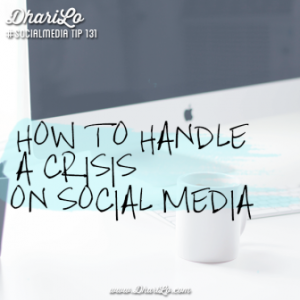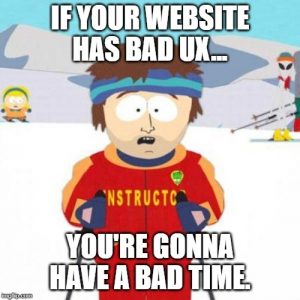Meaningful employee engagement was a challenge for most organizations before the pandemic took hold. In 2018, a Gallup poll indicated that just 33% of workers feel engaged in their job.
In the spring of 2020, the day-to-day patterns of life and work changed dramatically as the pandemic took control of where we could travel and the limited few people we could interact with in person. As businesses formulate return-to-office plans in the coming months and remote or even hybrid models remain long-term aspects of the modern workforce, leaders need to learn how to improve employee engagement from a distance.
They should start by taking a look at how much time employees are spending in meetings and how that time is being used. We spend anywhere between 20-90% of our work day in meetings, depending on our job. A vast majority of people think most their time in meetings is unproductive and, often, a complete waste of time.
On the other hand, workplace satisfaction and successful employee engagement has roots in the positive experience employees have in conversations with their direct manager and teammates.
So, let’s get a handle on our meetings. Here are three tips:
1. Create an agenda and send it out in advance
How often have you left a meeting more confused than when you entered? Far too often, meeting leaders don’t have an agenda or have one that’s lacking the expected outcomes for the topics being covered. This means that a chunk of meeting time is spent getting attendees up to speed on what will be discussed and why. It also welcomes the likelihood of the topics at hand being derailed.
In the Interaction Associates 2020 State of Online Meetings Report , we found that meetings with clear agendas met their objectives 93% of the time. By improving meeting agendas, we increase the likelihood of having a productive use of time rather than wasting another valuable hour of everyone’s day.
, we found that meetings with clear agendas met their objectives 93% of the time. By improving meeting agendas, we increase the likelihood of having a productive use of time rather than wasting another valuable hour of everyone’s day.
But, what does a clear meeting agenda look like? At a minimum, it should include the Purpose and Desired Outcomes.
The Purpose of a meeting answers the question, “why meet?”
Desired Outcomes are statements that answer the question, “What will we be leaving this meeting with?” These brief, written statements should be specific, measurable, and written from the participants’ perspective.
Consider the question “why are we meeting?” by exploring the purpose, desired outcomes, and how to build effective meeting agendas
2. Get Everyone Engaged
It’s time that we agree to stop having death-by-presentation meetings. If the purpose of a meeting is simply a project status update, maybe an email would be more appropriate.
To boost engagement, use meetings as an opportunity to gather input and insight from key stakeholders on the issues to be addressed and decisions to be made.
Start the meeting by reviewing the agenda and setting expectations for participation.
Throughout the meeting, people will inevitably multi-task by checking emails or working on another project. To help mitigate this, the meeting leader or facilitator should check in with attendees frequently, confirming understanding and agreement before moving on to another topic. This can be done by simply asking “Are there any questions about what we discussed?” or by using negative polling and asking, “does anyone NOT understand what we just discussed?” This is a useful technique because it gives explicit permission for people to say they don’t understand or are unclear on a topic.
3. Simply put: Do Not Meet
In order to cut down on meetings, the basic strategy would be to eliminate meetings altogether, right? As great as this sounds, it’s not possible for almost all organizations. Meetings are a collaborative opportunity to connect, work together, and problem solve.
For example, weekly meetings to check in with direct reports or a team are valuable when they achieve something meaningful. Meeting leaders should check in with attendees beforehand on topics they want to cover and desired outcomes they’d like to achieve. The meeting leader can then refine a standing agenda based on those meaningful topics and desired outcomes — and determine the amount of time needed to cover them. If there are no relevant topics to cover, don’t meet.
When looking at cost-effective solutions to improve employee engagement, it’s important to understand the meeting culture in your organization. Plan out meetings rather than simply throwing an event on a calendar and engage attendees by checking for understanding. If meetings are operating as more of a productivity drain, employees can quickly become frustrated. It’s time to re-think your approach and make meetings matter.
This article was originally published on the author’s blog and reprinted with permission.
Business & Finance Articles on Business 2 Community
(63)
Report Post






